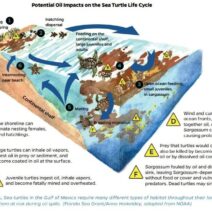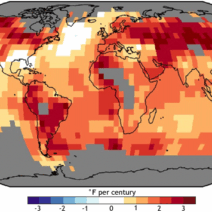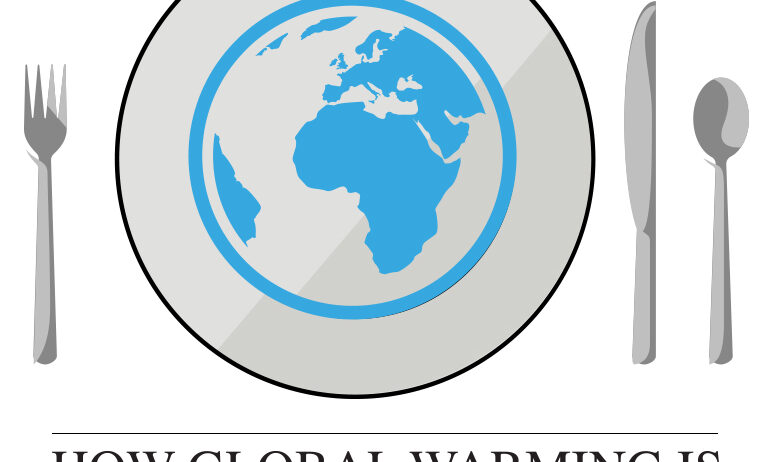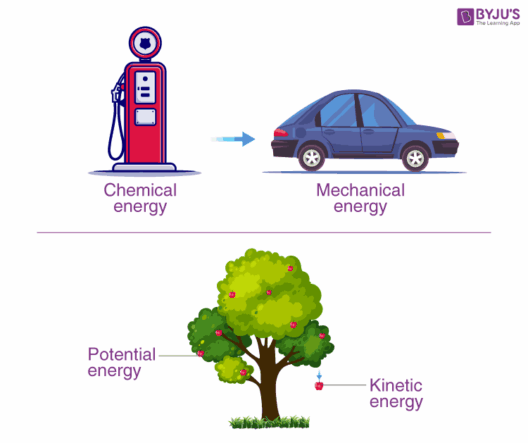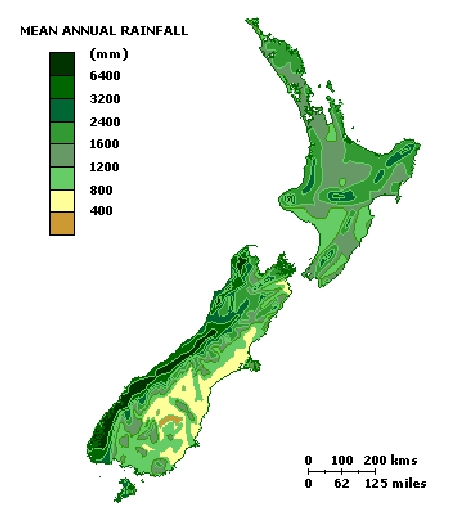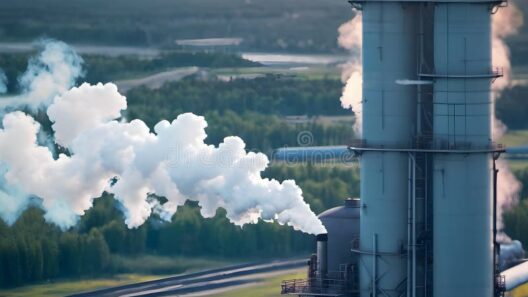In the grand theater of the natural world, wildlife plays a starring role, crafting a narrative as intricate and delicate as the finest lacework. Yet, this once-flourishing stage is now threatened by an unwelcome specter: global warming. Like a menacing storm cloud gathering on the horizon, climate change looms as an imminent peril, wreaking havoc not just on the environment but also on the myriad species that inhabit it. The intricate balance of ecosystems is unraveling, and as the temperature rises, so too does the plight of our animal kingdom.
From the arid plains of the savannah to the lush depths of the rainforest, every habitat is feeling the tremors of this looming crisis. As global temperatures escalate, the weather systems that animals have relied upon for generations grow increasingly unpredictable. The orchestrated dance of the seasons has become a chaotic performance, leaving many species out of step. This dissonance poses an existential threat to wildlife that depends on specific climatic conditions for survival.
Consider the polar bear, an iconic emblem of the Arctic wilderness. As the climate warms, their icy habitat diminishes, much like a painter who slowly washes away a masterpiece. Sea ice, the vast canvas upon which these majestic creatures hunt and breed, is receding at an alarming rate. With each passing year, the bears are forced to swim longer distances in search of food, their energy reserves depleting faster than the ice can reform. The consequences are devastating; with their hunting grounds diminished, starvation looms ominously on the horizon for polar bear populations.
Equally concerning is the plight of coral reefs, the vibrant underwater metropolises that house an astonishing array of marine life. As the ocean warms, corals are undergoing a process known as bleaching, wherein they expel the symbiotic algae that provide them with nourishment and color. This phenomenon is a telltale sign of stress, akin to trees shedding their leaves in autumn. The loss of these crucial algae causes corals to turn white and ultimately leads to their death, along with the collapse of a myriad of marine species that depend on them for survival. The beautiful underwater gardens are wilting, leaving behind barren wastelands in their wake.
Beyond individual species, entire ecosystems are under siege. In grasslands and savannahs, changes in rainfall patterns disrupt the delicate interplay between herbivores and their predators. The migration of species like wildebeests, which depend on seasonal rains for grazing, is increasingly unpredictable. Without reliable rainfall, food becomes scarce, leading to a domino effect that impacts not just the grazers but also the predators that rely on them for sustenance. This intricate web of life is fraying, and the consequences echo throughout the ecosystem.
The avian population, too, is not exempt from the ominous grasp of climate change. Birds are experiencing shifts in migration patterns, akin to a misdirected compass. As temperatures rise, some species are arriving at their breeding grounds too early or too late, disrupting their reproductive cycles. This temporal disarray can result in mismatches with the availability of food resources, leaving fledglings vulnerable and at risk of starvation. The avian chorus, once harmonious, now falters and stutters, pleading for a return to stability.
Endangered species find themselves on precarious ground, with their habitats threatened and their very existence hanging in the balance. The plight of the Sumatran orangutan provides a poignant illustration of this dilemma. As rainforest deforestation continues unabated, exacerbated by shifting climates, these remarkable primates are losing their homes. With fewer trees to shelter and sustain them, they pressure their populations to adapt to new realities or face extinction. Their struggle unveils a harrowing truth: the threads of biodiversity are woven tightly, and the loss of one species can unravel the fabric of entire ecosystems.
Conservation efforts must be attuned to the climate crisis. Preserving the natural habitats of wildlife isn’t just about saving individual species; it’s about safeguarding the mosaic of life that sustains our planet. Strategies such as creating wildlife corridors can help facilitate migration, allowing species to find new habitats as their old ones become inhospitable. Restoration projects aiming to rebuild damaged ecosystems have become essential in this fight against climate change, akin to a gardener nurturing a wilting plant back to health.
Moreover, public engagement and education on climate change’s impact on wildlife are paramount. Through fostering awareness, society can rally behind initiatives aimed at countering this global crisis. Consumer choices, from sustainable product selection to reducing carbon footprints, reverberate through the corridors of climate advocacy. Simple actions, when multiplied across millions, can lead to significant change.
In sum, the narrative of wildlife is intrinsically entwined with the realities of climate change. The vibrancy of our planet’s ecosystems hangs in a precarious balance, where the rising tide of global temperatures threatens to drown the beauty of biodiversity. Yet, amidst this grim outlook, there remains a flicker of hope. With concerted effort, steadfast commitment, and an indomitable spirit, the resilience of nature can be harnessed to restore the fragile equilibrium of our world. Humanity must acknowledge its role as steward of this diverse tapestry of life, ensuring that future generations inherit not a world on the brink but a thriving sanctuary of wildlife and natural splendor.
